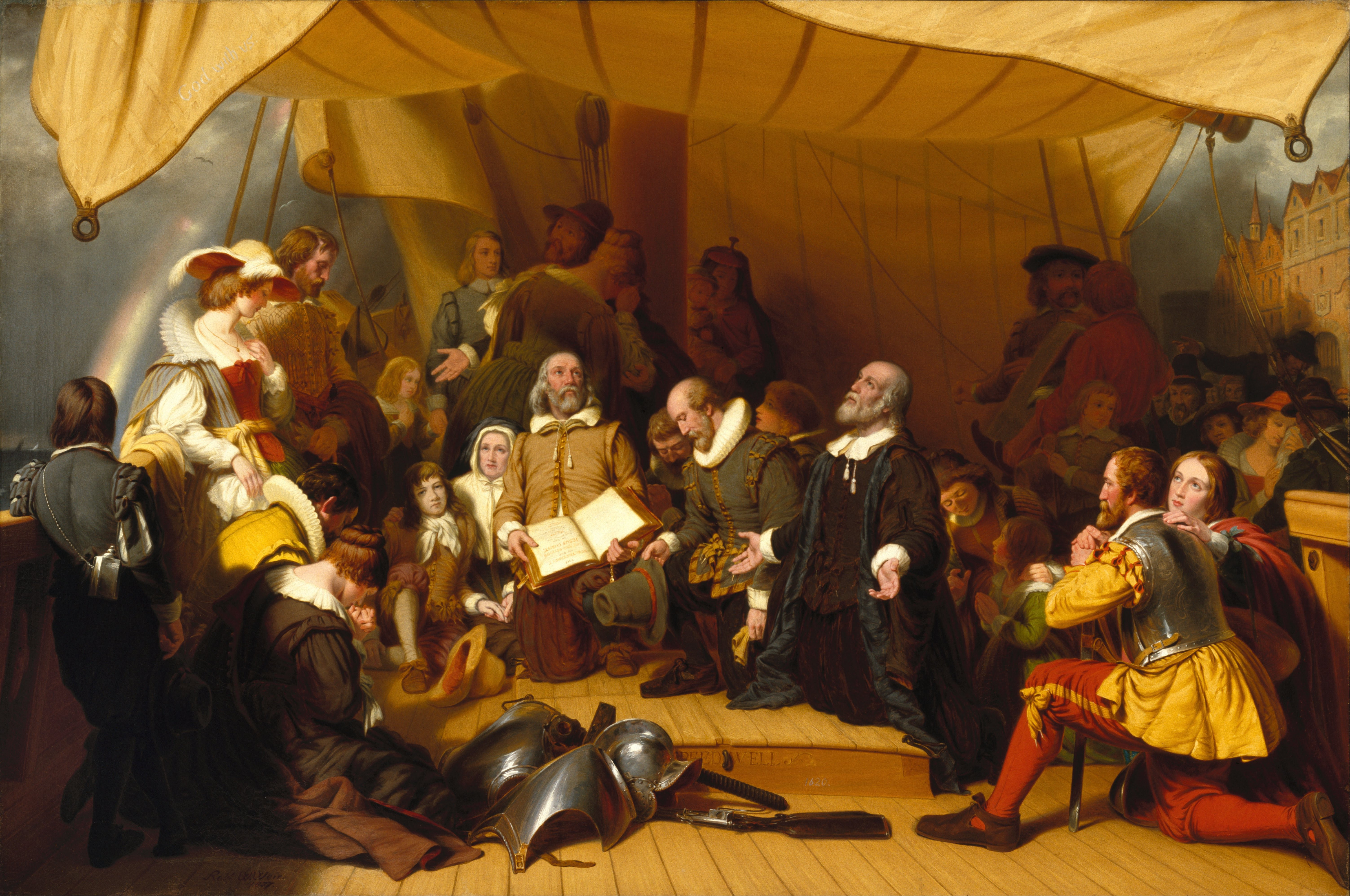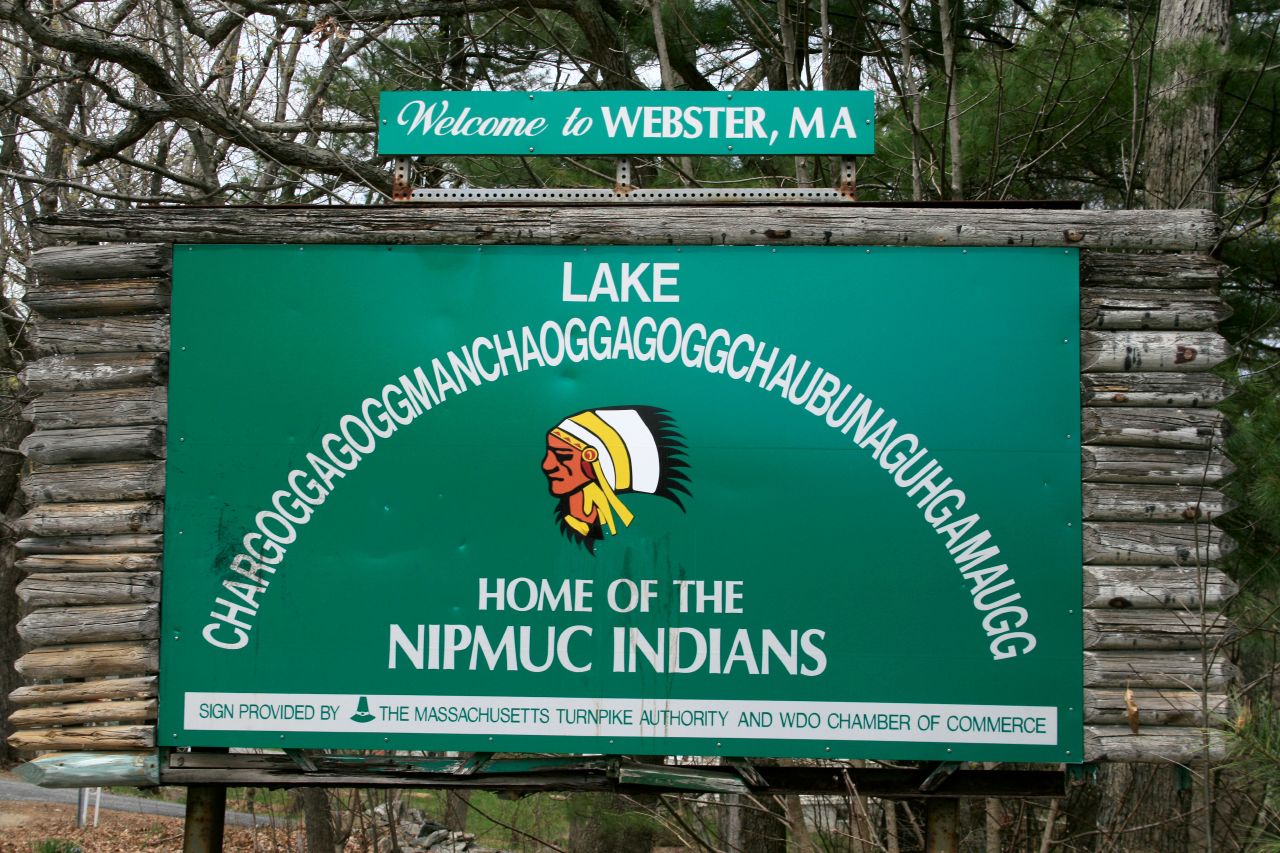|
Squanto
Tisquantum (; 1585 (±10 years?) – November 30, 1622 Old Style, O.S.), more commonly known as Squanto (), was a member of the Patuxet tribe of Wampanoags, best known for being an early liaison between the Native American population in Southern New England and the ''Mayflower'' Pilgrims (Plymouth Colony), Pilgrims who made their settlement at the site of Tisquantum's former summer village, now Plymouth, Massachusetts. The Patuxet tribe had lived on the western coast of Cape Cod Bay, but were wiped out by an epidemic, traditionally assumed to be smallpox Massachusetts smallpox epidemic, brought by previous European explorers; however, recent findings suggest that the disease was Leptospirosis, a bacterial infection transmitted to humans typically via "dirty water" or soil contaminated with the waste product of infected, often domestic animals. Tisquantum was kidnapped by English explorer and slaver Captain Thomas Hunt, who trafficked him to Spain, where he sold him in the city ... [...More Info...] [...Related Items...] OR: [Wikipedia] [Google] [Baidu] |
Plymouth Colony
Plymouth Colony (sometimes spelled Plimouth) was the first permanent English colony in New England from 1620 and the third permanent English colony in America, after Newfoundland and the Jamestown Colony. It was settled by the passengers on the '' Mayflower'' at a location that had previously been surveyed and named by Captain John Smith. The settlement served as the capital of the colony and developed as the town of Plymouth, Massachusetts. At its height, Plymouth Colony occupied most of what is now the southeastern portion of Massachusetts. Many of the people and events surrounding Plymouth Colony have become part of American folklore, including the American tradition of Thanksgiving and the monument of Plymouth Rock. Plymouth Colony was founded by a group of Protestant Separatists initially known as the Brownist Emigration, who came to be known as the Pilgrims. The colony established a treaty with Wampanoag chief Massasoit which helped to ensure its success; in this ... [...More Info...] [...Related Items...] OR: [Wikipedia] [Google] [Baidu] |
Patuxet Tribe
The Patuxet were a Native American band of the Wampanoag tribal confederation. They lived primarily in and around modern-day Plymouth, Massachusetts, and were among the first Native Americans encountered by European settlers in the region in the early 17th century. Most of the population subsequently died of epidemic infectious diseases. The last of the Patuxet – an individual named Tisquantum (a.k.a. "Squanto"), who played an important role in the survival of the Pilgrim colony at Plymouth – died in 1622. Devastation The Patuxet were wiped out by a series of plagues that decimated the indigenous peoples of southeastern New England in the second decade of the 17th century. The epidemics which swept across New England and the Canadian Maritimes between 1614 and 1620 were especially devastating to the Wampanoag and neighboring Massachusett, with mortality reaching 100% in many mainland villages. When the Pilgrims landed in 1620, all the Patuxet except Tisquantum had died ... [...More Info...] [...Related Items...] OR: [Wikipedia] [Google] [Baidu] |
Plymouth, Massachusetts
Plymouth ( ; historically also spelled as Plimouth and Plimoth) is a town in and the county seat of Plymouth County, Massachusetts, United States. Located in Greater Boston, the town holds a place of great prominence in American history, folklore, and culture, and is known as "America's Hometown". Plymouth was the site of the colony founded in 1620 by the ''Mayflower'' Pilgrims (Plymouth Colony), Pilgrims, where New England was first established. It is the oldest municipality in New England and one of the oldest in the United States. The town has served as the location of several prominent events, one of the more notable being the Thanksgiving (United States)#Harvest festival observed by the Pilgrims at Plymouth, First Thanksgiving feast. Plymouth served as the capital of Plymouth Colony from its founding in 1620 until the colony's merger with the Massachusetts Bay Colony in 1691. The English explorer John Smith (explorer), John Smith named the area Plymouth (after the city in Sou ... [...More Info...] [...Related Items...] OR: [Wikipedia] [Google] [Baidu] |
Wampanoag
The Wampanoag, also rendered Wôpanâak, are a Native Americans in the United States, Native American people of the Indigenous peoples of the Northeastern Woodlands, Northeastern Woodlands currently based in southeastern Massachusetts and formerly parts of eastern Rhode Island.Salwen, "Indians of Southern New England and Long Island," p. 171. Their historical territory includes the islands of Martha's Vineyard and Nantucket. Today, two Wampanoag tribes are federally recognized: * Mashpee Wampanoag Tribe * Wampanoag Tribe of Gay Head (Aquinnah). Herring Pond Tribe is a historical Wampanoag Tribe located in Plymouth and Bourne, Massachusetts The Wampanoag language, also known as Massachusett language, Massachusett, is a Southern New England Algonquian language. Prior to English contact in the 17th century, the Wampanoag numbered as many as 40,000 people living across 67 villages composing the Wampanoag Nation. These villages covered the territory along the east coast as far as ... [...More Info...] [...Related Items...] OR: [Wikipedia] [Google] [Baidu] |
Massachusett Language
The Massachusett language is an Algonquian languages, Algonquian language of the Algic languages, Algic language family that was formerly spoken by several peoples of eastern coastal and southeastern Massachusetts. In its revived form, it is spoken in four Wampanoag people, Wampanoag communities. The language is also known as or (Wampanoag), and historically as , Indian or . The language is most notable for its community of literate Native Americans and for the number of translations of religious texts into the language. John Eliot (missionary), John Eliot's translation of the Christian Bible in 1663 using the Natick dialect, known as ''Eliot Indian Bible, Mamusse Wunneetupanatamwe Up-Biblum God'', was the first printed in the Americas, the first Bible translated by a non-native speaker, and one of the earliest examples of a Bible translation into a previously unwritten language. Literate Native American ministers and teachers taught literacy to the elites and other members o ... [...More Info...] [...Related Items...] OR: [Wikipedia] [Google] [Baidu] |
Abenaki Language
Abenaki (Eastern: ', Western: ), also known as Wôbanakiak, is an endangered Eastern Algonquian language of Quebec and the northern states of New England. The language has Eastern and Western forms which differ in vocabulary and phonology and are sometimes considered distinct languages. Western Abenaki was spoken in New Hampshire, Vermont, north-western Massachusetts, and southern Quebec. Odanak, Quebec is a First Nations reserve located near the Saint-François River—these peoples were referred to as Saint Francis Indians by English writers after the 1700s. The few remaining speakers of Western Abenaki live predominantly in Odanak and the last fully fluent speaker, Cécile (Wawanolett) Joubert died in 2006. A revitalization effort was started in Odanak in 1994; however, as of 2004 younger generations are not learning the language and the remaining speakers are elderly, making Western Abenaki nearly extinct. Eastern Abenaki languages are spoken by several peoples, incl ... [...More Info...] [...Related Items...] OR: [Wikipedia] [Google] [Baidu] |
Ninnimissinuok
''Ninnimissinuok'' is an Indigenous term, to refer to Native Americans of southern New England region. These people include the Pawtucket, Massachusett, Nipmuck, Pokanoket, Niantic, Mohegan and Pequot, as well as the people of western Connecticut and Long Island. This term, a variation of the Narragansett word ''Ninnimissinûwock'', which means roughly 'people', connotes familiarity and shared identity. The use of the term ''Ninnimissinuok'' does not imply, however, a homogeneity of social forms or motivations among the various groups so labeled. The region now known as southern New England was home to a complex variety of communities, sometimes grouped into larger polities, which can be divided into at least three basic ecological subregions: the coastal, the riverine and the uplands. Although sharing an underlying cosmology, similar languages, and a long history, the peoples living in each of these regions developed distinctive social and economic adaptations. Although thei ... [...More Info...] [...Related Items...] OR: [Wikipedia] [Google] [Baidu] |
Pilgrims (Plymouth Colony)
The Pilgrims, also known as the Pilgrim Fathers, were the English settlers who travelled to North America on the ship '' Mayflower'' and established the Plymouth Colony at what now is Plymouth, Massachusetts, United States. John Smith had named this territory New Plymouth in 1620, sharing the name of the Pilgrims' final departure port of Plymouth, Devon, England. The Pilgrims' leadership came from religious congregations of Brownists or Separatists who had fled religious persecution in England for the tolerance of 17th-century Holland in the Netherlands. These Separatists held many of the same Calvinist religious beliefs as Puritans, but unlike Puritans (who wanted a purified established church), Pilgrims believed that their congregations should separate from the Church of England, which led to their being labelled Separatists. After several years of living in exile in Holland, they determined to establish a new settlement in the New World and arranged with investors to fu ... [...More Info...] [...Related Items...] OR: [Wikipedia] [Google] [Baidu] |
Chatham, Massachusetts
Chatham () is a New England town, town in Barnstable County, Massachusetts, Barnstable County, Massachusetts, United States. Chatham is located at the southeastern tip of Cape Cod and has historically been a fishing community. First settled by the English in 1664, the township was originally called Monomoit based on the indigenous population's term for the region. Chatham was incorporated as a town on June 11, 1712, and has become a summer resort area. The population was 6,594 at the 2020 census and can swell to 25,000 during the summer months. There are four villages that comprise the town, those being Chatham (CDP), Massachusetts, Chatham (CDP), South Chatham Railroad Station, South Chatham, North Chatham, Massachusetts, North Chatham, and West Chatham, Massachusetts, West Chatham. Chatham is home to the Monomoy National Wildlife Refuge and the decommissioned Monomoy Point Light, both located on Monomoy Island. A popular attraction is the Chatham Light, which is an operational l ... [...More Info...] [...Related Items...] OR: [Wikipedia] [Google] [Baidu] |
Manitou
Manitou () is the fundamental life force in the theologies of Algonquian peoples. It is said to be omnipresent and manifests everywhere: organisms, the environment, events, etc. ''Aashaa monetoo'' means "good spirit", while ''otshee monetoo'' means "bad spirit". When Turtle Island was created, the Great Spirit, ''Aasha Monetoo'', gave the land to the indigenous peoples. Overview Manitou was widely used during early European contact. In 1585, when Thomas Harriot recorded the first glossary of an Algonquian language, Roanoke (Pamlico), he included the word ''mantóac'', meaning "gods and goddesses". Similar terms are found in nearly all Algonquian languages. In some Algonquian traditions, '' Gitche Manitou'' refers to a supreme being. The term has analogues dating to before European contact, and the word uses of ''gitche'' and ''manitou'' existed before contact. After contact, however, Gitche Manitou was adopted by some Anishinaabe, such as the Ojibwe, to refer to the su ... [...More Info...] [...Related Items...] OR: [Wikipedia] [Google] [Baidu] |
Loup Language
Loup is a term which refers to the Algonquian language varieties spoken in colonial New England New England is a region consisting of six states in the Northeastern United States: Connecticut, Maine, Massachusetts, New Hampshire, Rhode Island, and Vermont. It is bordered by the state of New York (state), New York to the west and by the ... as attested in the manuscripts of mid-eighteenth century French missionaries. It was attested in a notebook titled (literally translating to 'wolf words'), compiled by Jean-Claude Mathevet, a priest who worked among Algonquian peoples, composing of 124 pages. ''Loup'' ('Wolf') was a French colonial ethnographic term, and usage was inconsistent. In modern literature, Loup A refers to the varieties described by Mathevet, and Loup B refers to those described by François-Auguste Magon de Terlaye. Classification Linguist Ives Goddard identified three distinct language varieties each attested in the Loup A and Loup B manuscripts. The ... [...More Info...] [...Related Items...] OR: [Wikipedia] [Google] [Baidu] |








